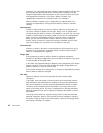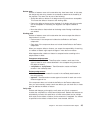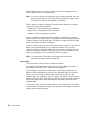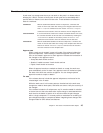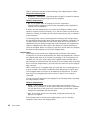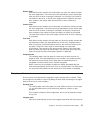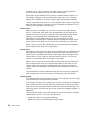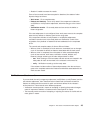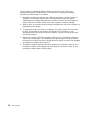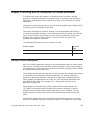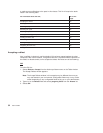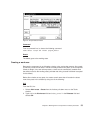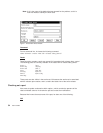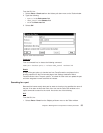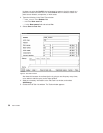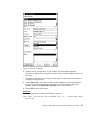These records are handled by different people and enable you to monitor your
development progress in different ways. The sequence of creating and handling
verification and test records is as follows:
1. Verification records are created in the notReady state when a defect or feature is
accepted. This indicates that someone on the development team has begun
implementing the changes warranted by the defect or feature, but the changes are
not yet ready to be verified. A work area is also created for the part changes.
2. When a driver is committed all part changes associated with the driver members are
integrated into the release.
3. To create test records, the driver is completed. This action creates one test record
for each environment on the release’s environment list. The testers on your
development team use the test records to accept or reject the results of their tests
on the part changes.
4. After all test records have been accepted or abstained, the verification records are
moved to the ready state. This indicates that the part changes have been tested in
the context of the build and each individual defect or feature is ready to be accepted
or rejected by the person who opened it.
5. The defect or feature originator accepts or abstains the verification record to close
the defect or feature. The originator can also reject the verification record to move
the defect or feature back to working state.
50 User’s Guide



